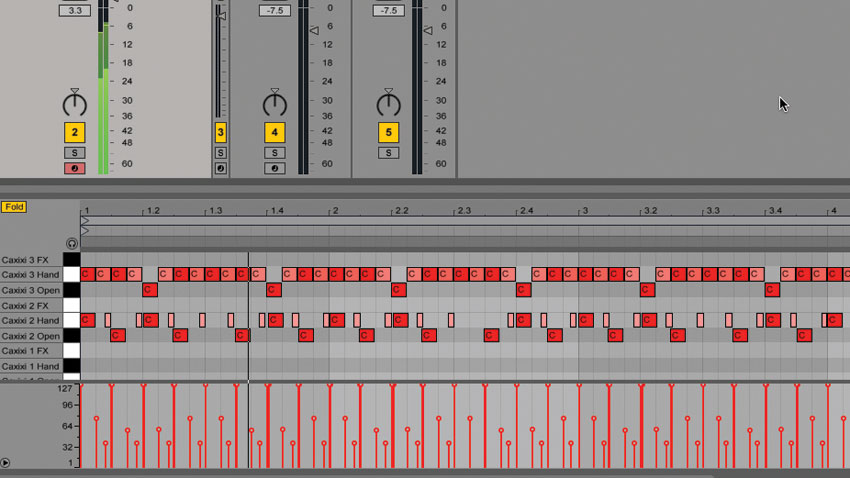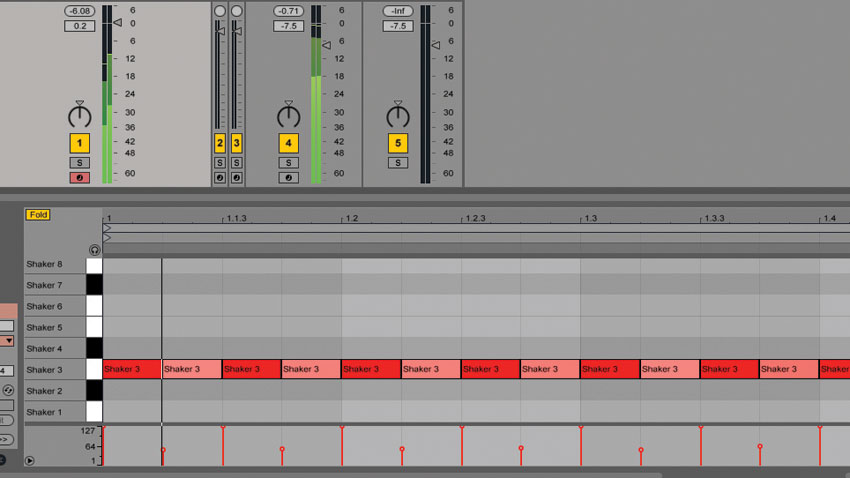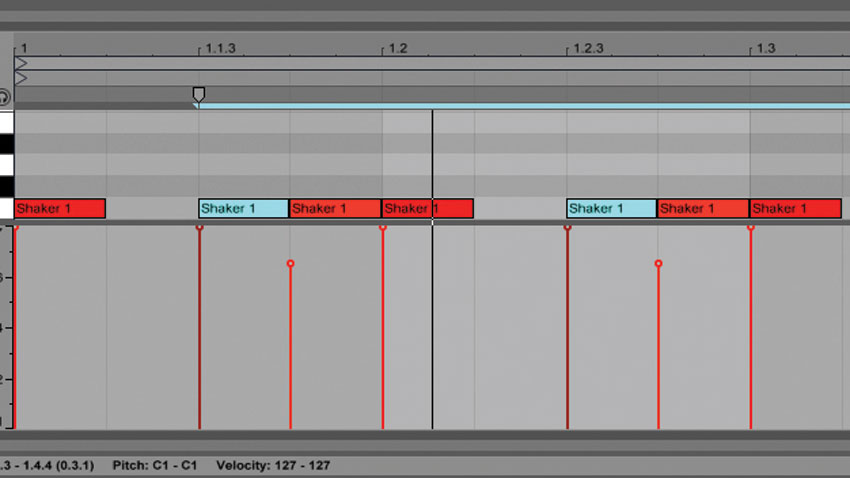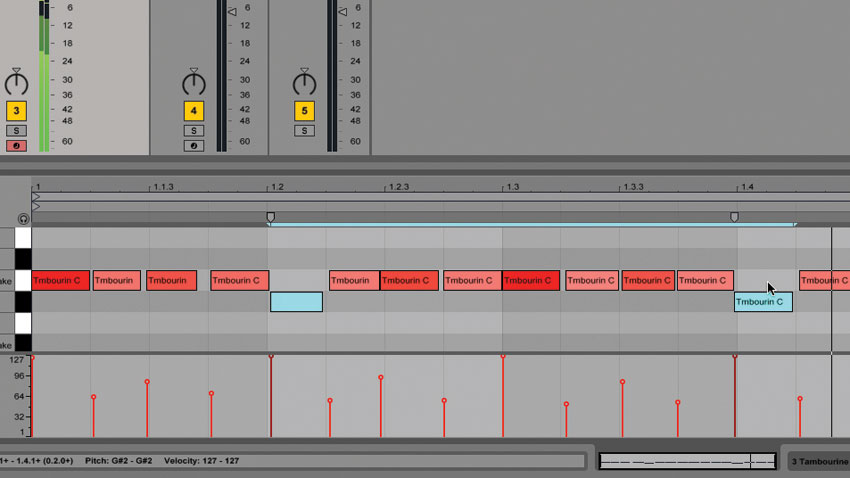How to program authentic shaker patterns
Program a perkier beat with some high-end movement

The shaker family of percussion instruments includes anything that qualifies as a sealed container full of beads, seeds or any other 'rattly particles', shaken back and forth in a repetitive motion to generate a rhythm - from the simple egg shaker to the intriguing caxixi. Indeed, you can make your own shaker by filling a Pringles tube with corn kernels!
The vast majority of the time, shakers serve a supportive role rather than being employed as solo instruments, although you'd be amazed at the pyrotechnics a skilled player can pull off with a pair of maracas.
When programming shaker rhythms, it helps to visualise the movement of the instrument in space to facilitate accurate emulation. As a general rule, the on-beat movement of the shaker away from the body will be more forceful than the off-beat movement toward, so simulate that with MIDI velocity or alternate 'away' and 'toward' samples if your sound source offers them.
As with all sampled percussion, whether or not to snap everything to the quantise grid will depend on what kind of track you're making, but for an authentic live feel, record your parts in using your MIDI keyboard or drum pads, or program them slightly off the grid.
In this tutorial and it's accompanying video, we'll introduce you to the key members of the shaker family and show you how to program appropriate MIDI patterns for them.

Step 1: We've loaded up a shaker patch from Ableton's Latin Percussion Live pack. Shaker 3 sounds like an egg shaker. For a basic 16th-note pattern, start by placing a full-velocity note on every eighth-note, then insert lower-velocity notes between. Set velocities individually rather than making them identical, for a human feel.
Egg shaker
Egg shaker acoustic drums
Egg shaker electronic drums

Step 2: Here's a more interesting pattern with a deeper, looser sound. Removing the second 16th-note in each group of four gives us a lopsided rhythm, and lowering the velocity of the third note slightly gives a touch more dynamic. Again, adjusting velocities separately maximises performance authenticity.
Want all the hottest music and gear news, reviews, deals, features and more, direct to your inbox? Sign up here.
Big shaker
Big shaker acoustic drums
Big shaker electronic drums

Step 3: For extended shakes and swishes, we recommend using sampled articulations, as trying to program them using multiple single 'shakes' will sound quite unrealistic. Here's a basic maracas line, with the very quiet notes representing the backward movement of the maraca.
Maracas
Maracas acoustic drums
Maracas electronic drums

Step 4: At the more complex end of the shaker spectrum, the caxixi is a basket with a flat, solid bottom, filled with seeds, that offers a wider variety of sounds than the generic egg or tube-shaped shaker. They're often played in pairs - one in each hand - so here, we've programmed a funky pattern using two sample sets.
Caxixis
Caxixis acoustic drums
Caxixis electronic drums

Step 5: The largest of all shakers is the rainstick, a long sealed tube with inward projecting 'thorns', over which the internal beads cascade to create a sound reminiscent of rain falling when the whole thing is flipped over. Although it can be rhythmically shaken, too, of course, its primary job is as a sort of one-shot effect.
Rainstick acoustic drums
Rainstick electronic drums

Step 6: Finally, the tambourine. Although it's not technically a 'shaker', it serves a very similar purpose. The classic contemporary tambourine ostinato - or pattern - comprises constant 16th-note shakes, with on-beat accents, every other one of which strikes the rim, and lower velocity notes in between.
Tambourine
Tambourine acoustic drums
Tambourine electronic drums
Computer Music magazine is the world’s best selling publication dedicated solely to making great music with your Mac or PC computer. Each issue it brings its lucky readers the best in cutting-edge tutorials, need-to-know, expert software reviews and even all the tools you actually need to make great music today, courtesy of our legendary CM Plugin Suite.
